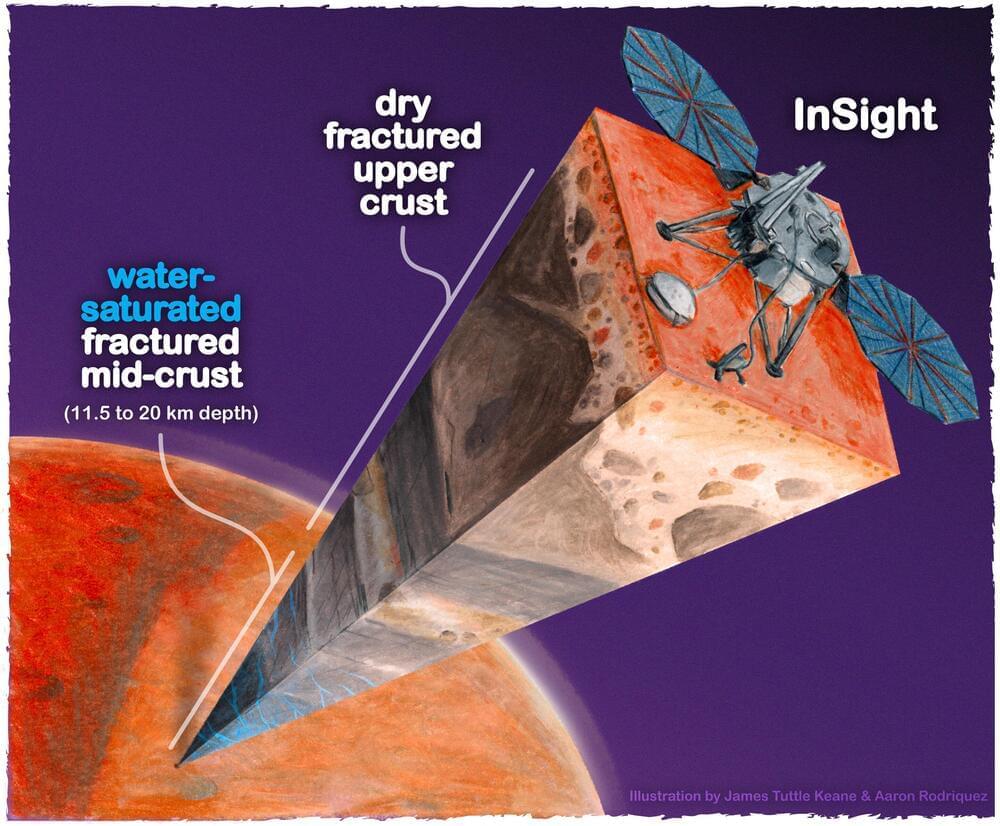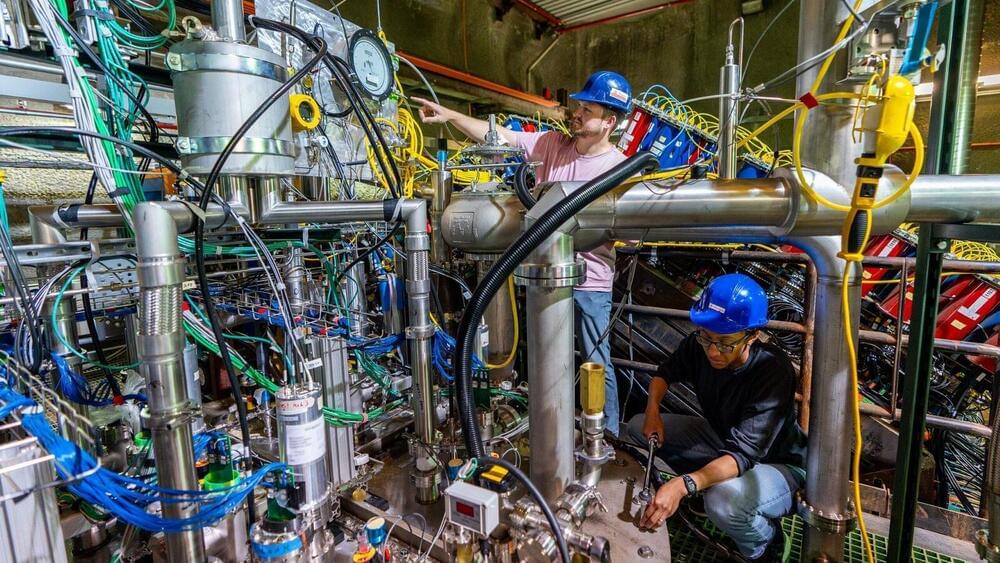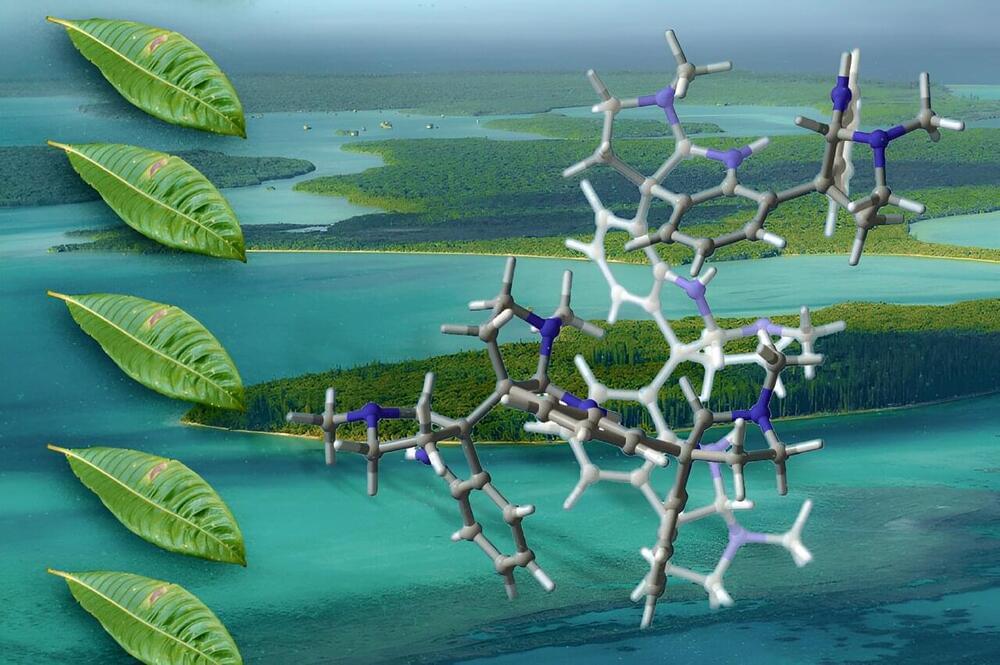Using seismic activity to probe the interior of Mars, geophysicists have found evidence for a large underground reservoir of liquid water—enough to fill oceans on the planet’s surface.




A recently adopted United Nations treaty could lead to invasive digital surveillance, human rights experts warn.
NEW YORK CITY —The United Nations approved its first international cybercrime treaty yesterday. The effort succeeded despite opposition from tech companies and human rights groups, who warn that the agreement will permit countries to expand invasive electronic surveillance in the name of criminal investigations. Experts from these organizations say that the treaty undermines the global human rights of freedom of speech and expression because it contains clauses that countries could interpret to internationally prosecute any perceived crime that takes place on a computer system.

In a major step for the international Deep Underground Neutrino Experiment, scientists have detected the first neutrinos using a DUNE prototype particle detector at the US Department of Energy’s Fermi National Accelerator Laboratory.
The prototype of a novel particle detection system for the international Deep Underground Neutrino Experiment successfully recorded its first accelerator neutrinos.

Columbia researchers discovered that bacteria can create free-floating, temporary genes outside their chromosomes, challenging the long-held belief that all genetic instructions are contained within the genome. This finding opens the possibility that similar genes could exist in humans, potentially revolutionizing our understanding of genetics and gene editing.
Since the genetic code was first deciphered in the 1960s, our genes have appeared like an open book. By interpreting our chromosomes as linear sequences of letters, akin to sentences in a novel, we can identify the genes within our genome and understand how changes in a gene’s code influence health.
This linear rule of life was thought to govern all forms of life—from humans down to bacteria.

University of Colorado at Boulder News
In the quest to develop life-like materials to replace and repair human body parts, scientists face a formidable challenge: Real tissues are often both strong and stretchable and vary in shape and size.
A CU Boulder-led team, in collaboration with researchers at the University of Pennsylvania, has taken a critical step toward cracking that code. They’ve developed a new way to 3D print material that is at once elastic enough to withstand a heart’s persistent beating, tough enough to endure the crushing load placed on joints, and easily shapable to fit a patient’s unique defects.

In this interview, hosted by Nicolás Cherñavsky, Nir Barzilai and Brad Stanfield discuss metformin, whether or not to use it in non-diabetic patients to slow aging, and the TAME trial.
Nir Barzilai is president of the Academy of Health and Lifespan Research (https://www.ahlresearch.org/), and Brad Stanfield is a primary care physician in Auckland (New Zealand) and runs a YouTube channel (/ @drbradstanfield) with around 250,000 subscribers to explore the latest research and preventive care guidelines.
Host: Nicolás Cherñavsky.
Production: Nicolás Cherñavsky and Nina Torres Zanvettor.
Editing: Nina Torres Zanvettor.
Revision and subtitling: Nicolás Cherñavsky.
============================================================
Notes:
TAME trial website: https://www.afar.org/tame-trial.
Diabetes Prevention Program Outcomes Study (DPPOS): https://repository.niddk.nih.gov/stud…
UK metformin vs sulfonylurea trial on type 2 diabetics: https://www.cmajopen.ca/content/2/3/E162
The New England Journal of Medicine paper on metformin treatment in Covid-19 patients: https://www.nejm.org/doi/full/10.1056…
Lancet paper on metformin treatment in Covid-19 patients: https://www.thelancet.com/journals/la…
Andre Scott’s paper on the cost-effectiveness of treating aging: https://www.nature.com/articles/s4358…
Medical guidelines database mentioned by Brad Stanfield: https://uptodate.com.
============================================================
Heales website (Healthy Life Extension Society): https://heales.org/
Contact e-mail: [email protected].

With the detection of a long-predicted “neutrino fog,” the search for particles of dark matter has entered a new age of both possibility and peril.
The decades-long search for dark matter could ultimately end in an impasse.
